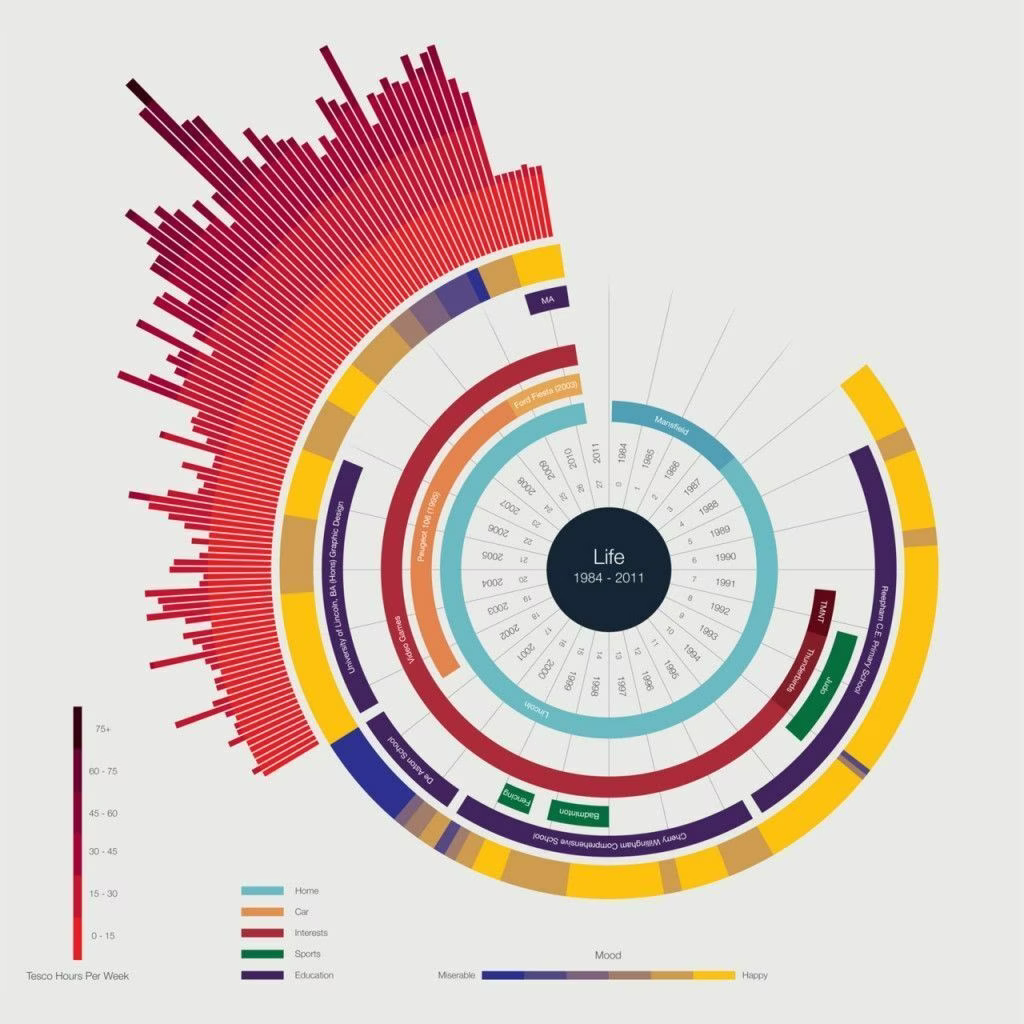Chart Scale Types

When Steven Few > is confused about something that means I probably am as well. He also writes blog posts for the same reason I do—which is to clarify confusion in his own mind.
I’ll also capture a few he didn’t talk about.
In this post about ordinals >, he talks about how they’re often used incorrectly. But most important to me, he gives a number of definitions that I wanted to capture here.
Here are the main types of scales used in showing data on a chart.
Nominal Scale: Only the selection name matters, not any particular order. Example: "What’s your favorite streaming service? NETFLIX, Disney+, Hulu, or Other?"
Ordinal Scale: Only the order matters, but you can’t tell the relative difference between the items. Example: "What is the most prestigious college according to Forbes? Answer: Harvard, Stanford, Princeton, etc."
It’s often bad to assign quantitative values to items in a Likert Scale.
Using scales incorrectly can cause confusion in those consuming your data.
Interval Scale: Subdivides a range of quantitative values into equal intervals. Example: "0, 10, 20, 30, 40, 50"
Likert Scale: Allows one to respond to a question with ordered responses, but where the answer is not quantitative. Example: "Do you drink Heavily, Moderately, Seldom, Never?"
A log is an exponent.
Charles Wheelan, Naked Statistics
Charles Wheelan, Naked StatisticsLogarithmic Scale: A logarithmic scale is where each marker corresponds to an equal logarithmic distance. Example: "One, Ten, One Hundred, One Thousand, Ten Thousand, One Million"
In a Base 10 log scale, each number would be 10x the previous number.
Ratio Scale: An ordinal scale that also gives you quantitative data. Example: "Over 6 Feet, Less than 6 Feet but Over 5 Feet, Below 5 Feet"
The biggest takeaway for these is that using them incorrectly can totally change the meaning of the data you’re trying to display. Or, more accurately, it can lead you and others to draw conclusions that they shouldn’t.
Especially if there are big differences in the values.
If your quantitative scales are wrong, or if you assign numbers to Likert Scales, you can end up painting a picture that doesn’t match reality. But because your chart looks nice people will believe it.
It’s like Lying With Statistics, except on accident.
Learn the scale types so you can avoid this.